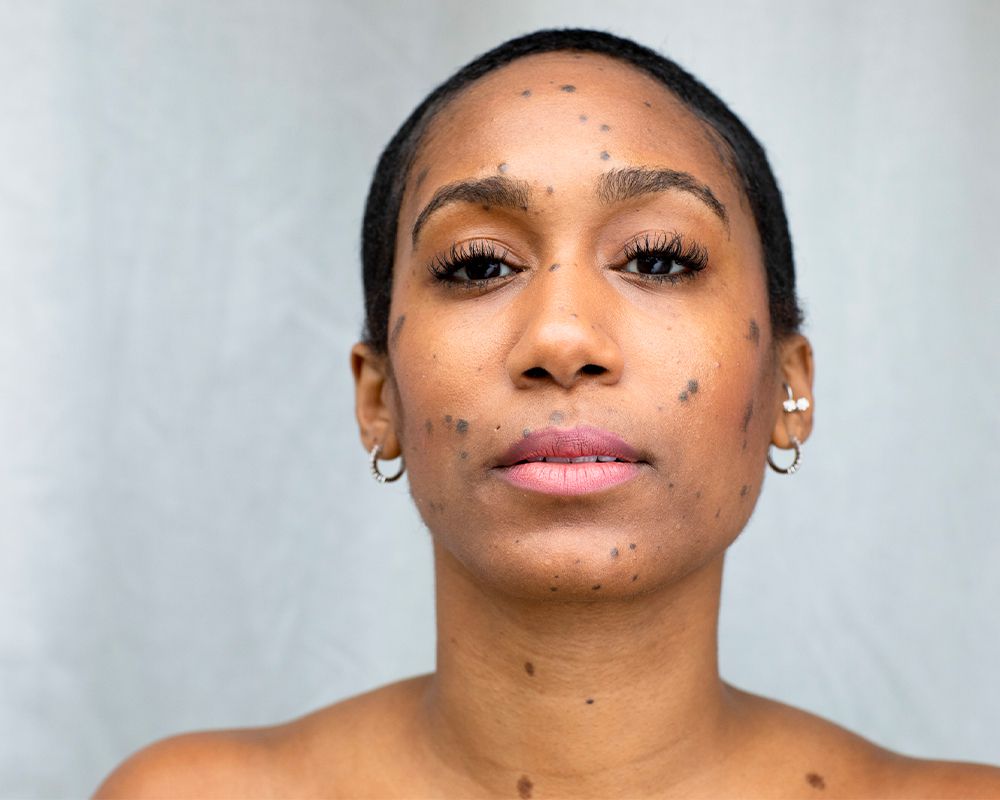The Complete Guide to Getting an Arm Lift
Brachioplasty, also known as an arm lift, is an elective cosmetic surgery that’s enjoying a bit of popularity of late. Surgeons perform about 18,000 of these procedures a year for people looking to add a contour to the appearance of their arms. While liposuction gets rid of excess fat deposits, brachioplasty can address the sagging, excess, and lax skin that often results from loss of elasticity in the arm tissue and after people have lost a significant amount of weight.
When diet and exercise aren’t giving you your desired aesthetic results, cosmetic surgery can be a way to achieve the appearance you want if you’re deemed to be a suitable candidate. Your physical health is a major consideration when electing any type of surgery, but mental well-being is also a consideration. It’s important to manage expectations with your plastic surgeon ahead of the procedure and have an open and honest dialogue about why you’re embarking on the surgery. Any reputable plastic surgeon will be able to walk you through this process and is invested in helping you manage realistic expectations.
Ahead, two premiere celebrity plastic surgeons explain everything you need to know about getting an arm lift.
What Is Brachioplasty?
A brachioplasty, or arm lift, is a “cosmetic surgical procedure to improve the appearance of the upper arm,” explains Lee. “As we lose elasticity with age, the skin of the upper arm is especially prone to sagging.”
The procedure, Su elaborates, is “meant to get rid of loose skin on the underside of the upper arm. This is a procedure where the excess skin on the underside of the arm is surgically cut away and the edges stitched together.”
During an arm lift, explains Lee, “excess skin and fat are removed from the inner surface to hide the scar. The incision runs from the armpit to just above the elbow. The remaining skin is re-draped and closed with sutures to create a tighter, more youthful look.”
According to Lee, arm lift candidates have “excess skin and fatty tissue of the upper arms who have tried diet and exercise. Many patients have lost substantial amounts of weight.” Su adds that people who typically seek out this treatment “are no longer willing to tolerate a drooping or saggy look of the upper arm when it is seen in a more horizontal position.” He notes that sagging is often the result of age or substantial weight loss: “This could be a patient in her fifties who is older and who has had natural loss of elasticity, or a younger patient who has gone through a large weight loss such as in bariatric surgery. An arm lift has more limited results when there is a sagging from obesity and there is a large amount of fat causing the drooping. Patients with large amounts of fat may be better candidates for liposuction or liposuction and an arm lift.”
When it comes to cost, according to 2019 statistics from the American Society of Plastic Surgeons, the average cost of an arm lift is $4,550, excluding anesthesia, operating room facilities, or other related expenses.
Benefits of Brachioplasty
This cosmetic procedure is elective when people feel uncomfortable with sagging skin. “Most patients seeking brachioplasty comment on not being comfortable wearing clothing that exposes their upper arms,” says Lee. “Excess skin and fatty tissue of the upper arms can be stigmatizing. Patients who have had the procedure report better self-esteem and more clothing options.”
Su adds that the major benefit of an arm lift is a drastic reduction in sagging skin, which can make the arms look more toned and the skin more elastic. “This is the procedure for creating the largest improvement in sagging skin. It creates a tighter, toned look as well as a more youthful one.”
How to Prepare
Su says there’s not too much to do prior to the surgery. “Your surgeon will provide a list of instructions before the surgery,” says Su. “The most important preparation is doing your homework and researching the right surgeon. Although having a good general reputation is important, there is nothing like seeing a lot of impressive before-and-after pictures done by your surgeon.”
Lee recommends being in optimal health in preparation for the surgery. “Patients should be in good health and close to their desired weight,” he says. “Because the procedure involves substantial healing, nutrition should be optimized before surgery with a high-protein diet and adequate vitamin intake. Smoking should be avoided, as should things that increase bleeding risk, such as non-steroidal anti-inflammatory medications.”
What to Expect During Treatment
Once you’ve decided upon your surgeon and have a game plan, you can decide how you’d like to experience the procedure together. “An arm lift can be performed in a hospital setting or an outpatient surgery center. General anesthesia is preferred, but IV sedation and local anesthesia can be used,” says Lee. Su says that most times, the procedure is performed under general anesthesia, but sometimes surgeons perform it using local anesthesia, meaning patients are awake if that’s desired.
“During the procedure, your surgeon makes an incision from your armpit to just above your elbow on the inner surface. More limited versions, where a small incision is made near the armpit, are also possible in select patients. Your surgeon may choose to use drains,” explains Lee.
Su adds that “surgeons can use different sutures or staples that may or may not need to be removed.” He notes patients can experience tenderness at these spots for months post-procedure.
Side Effects of Brachioplasty
There are relatively few side effects of brachioplasty. “Although the satisfaction with the procedure is quite high, the incision and resulting scars can be extensive. Attention must be paid to wound care, and you should keep your follow-up appointments with your surgeon to make sure you have the best wound healing possible. Occasionally, your surgeon may suggest steroid injections to soften the scar. Some patients may experience temporary numbness around the incision,” explains Lee.
Su also says the most common complaint of patients who have had an arm lift is the “longitudinal scar that all patients will have on the inside of their arm.” He says, “Unfortunately, these scars can frequently widen because of the weakness of the skin in this area, which makes them more visible.” Like with any surgery, Su underscores how important it is “to follow restrictions in exercise and movement following surgery and also special instructions in skincare that your surgeon will provide, to have the best wound healing and the best cosmetic outcome.”
Aftercare
There isn’t much required aftercare post-surgery, so patients should not expect a protracted recovery from an arm lift.
“Post-operatively, most patients do not report a lot of pain. There is moderate discomfort from the incisions that is well controlled by prescription pain medications. The wound is usually closed with sutures, and sutures or staples can usually be removed in seven to 10 days. Complete recovery occurs by four to six weeks,” explains Lee.
The Final Takeaway
If you’re interested in tightening the appearance of and adding a contour to your upper arm, an arm lift may be right for you. Be sure to research a board-certified plastic surgeon extensively and adhere to all recovery instructions to make the procedure as pleasant as possible. It’s also helpful to manage expectations before you embark on the procedure with your surgeon for the best possible outcome.









